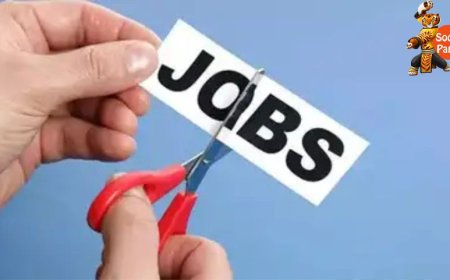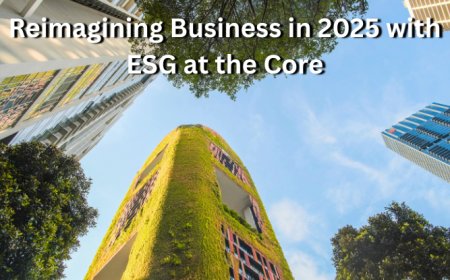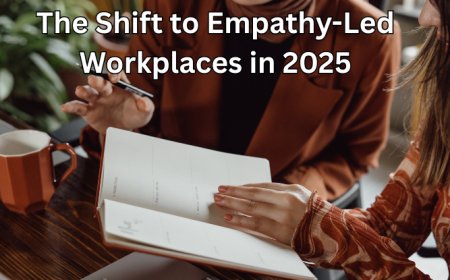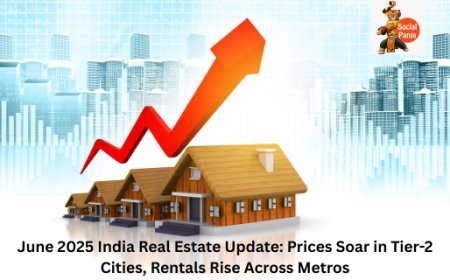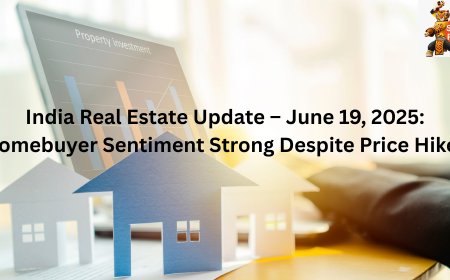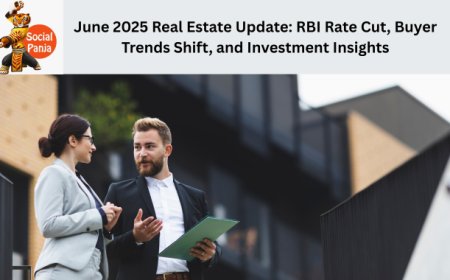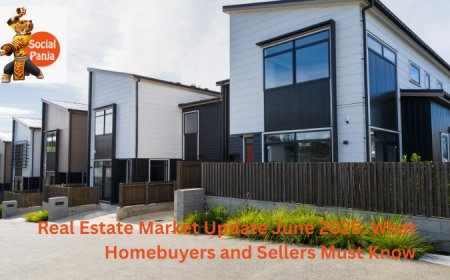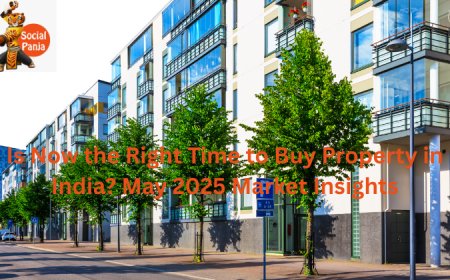How Trump's New Tariffs Are Raising New-Home Costs by $9,200
Building a home in 2025? Brace for a ₹7.5 lakh+ cost hike. Trump’s new tariffs are hitting builders hard — this post breaks down how and why home prices are spiking and what it means for your wallet.

Section 1: Why Are New Homes Suddenly Getting More Expensive?
If you’ve been tracking U.S. real estate news, you may have heard about “Liberation Day” — President Trump’s major tariff announcement. These sweeping import taxes are now shaking the construction sector, with the National Association of Home Builders (NAHB) estimating a $9,200 increase in average new-home costs.
But why? Here's what’s happening:
-
Construction relies heavily on imported materials like lumber, fixtures, steel, and flooring.
-
Tariffs up to 54% on goods from China, Malaysia, and Indonesia are raising raw material costs.
-
Even Canadian lumber, which makes up 72% of U.S. imports, still faces a 14.5% duty from earlier trade disputes.
Section 2: 4 Ways These Tariffs Are Affecting Homebuyers
1. Lumber Prices Remain High
Even though exempt from the new tariffs, Canadian lumber still carries older penalties. Framing, roofing, and flooring costs are surging due to continued trade friction.
2. Fixtures & Flooring: Hidden Price Bombs
Tariffs on essential materials:
-
Fixtures from China → +54%
-
Flooring from Malaysia → +24%
-
Interior panels from Indonesia → +32%
These are non-negotiables in home interiors — meaning builders (and you) foot the bill.
3. Regional Hit: Some States Suffer More
States like Utah, Idaho, North Carolina, Delaware, and Nebraska, where new housing projects are booming, will feel these effects most severely.
4. Tariffs Cancel Out Lower Interest Rates
Mortgage rates have slightly eased (from 6.75% to 6.55%), but the benefit is offset by higher construction and furnishing expenses. You're saving on EMI, but paying more upfront.
Section 3: Bonus Tips – How to Tackle the Tariff Surge
Do:
-
Lock in fixed-price contracts with builders ASAP
-
Shop local for non-imported alternatives
-
Track changes in material costs monthly
Avoid:
-
Starting builds without a contingency buffer
-
Assuming lower mortgage rates will cover all rising costs
-
Over-customizing homes during a volatile material price phase
Pro Tip:
Check out online tools like the NAHB Cost Estimator to forecast potential material hikes before planning your build.
Conclusion:
The 2025 housing market isn’t just about interest rates anymore — material tariffs are the silent price drivers. A $9,200 surge in building costs may not be the end, especially if trade tensions continue.
What's Your Reaction?











